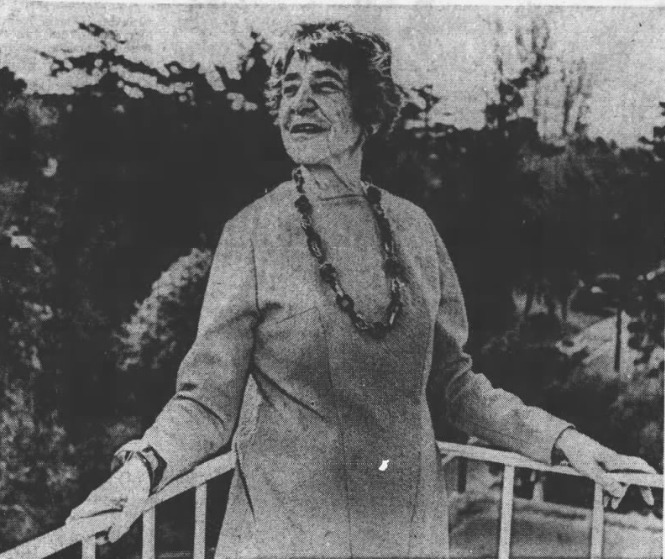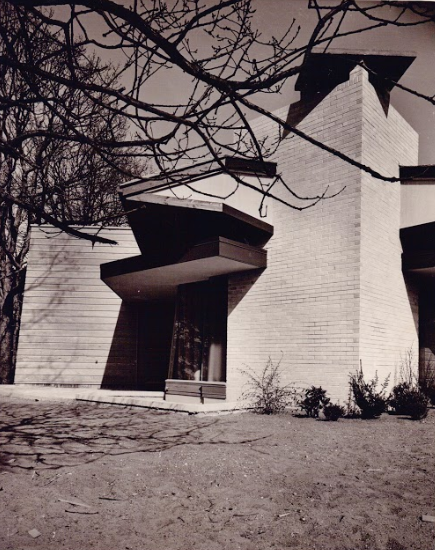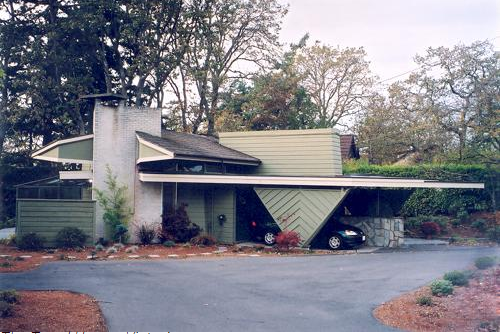Update: The Dominion Building sold to Toronto-based Allied Properties Real Estate Investment Trust in October 2021. It had been in the Cohen family since 1943 (they operated Army and Navy until last year). It won’t surprise you to know that the 1910 building is haunted. Tenants have heard ghostly footsteps on the spiral stairs and some claim to have seen a ghost hovering about there….
From Vancouver Exposed: Searching for the City’s Hidden History

John Shaw Helyer:
A few weeks ago I was standing on the 11th floor of the Dominion Building looking down its spiral staircase and thinking about architect John Shaw Helyer.
Helyer designed the 1910 building and then supposedly committed suicide by throwing himself down those same stairs at the building’s grand opening. It’s quite a story, it’s just not true. Helyer died from a stroke in 1919.
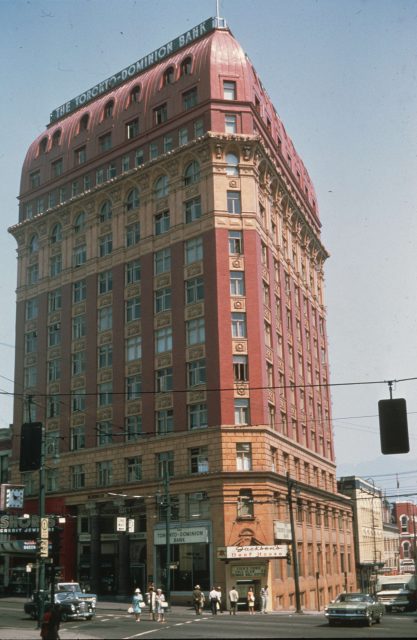
But just because that’s an urban myth, it doesn’t mean the building hasn’t its own great story. For starters, this overdressed red brick and yellow terra cotta structure with its oddly shaped beaux-arts roof comes from a time when architectural sculpture helped shape Vancouver. One writer called it a 19th century Parisian townhouse that should be one storey high, stretched up into an eccentric skyscraper.
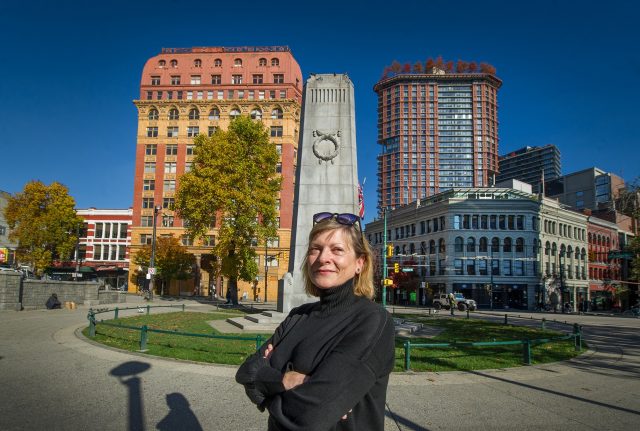
Once the heart of Vancouver:
It’s this eccentricity that I love about the building, that and the way it dominates the corner of Hastings and Cambie. It’s a reminder that this part of the city was once the heart of Vancouver. The Woodward’s building to the east, a couple of newspapers and department stores within walking distance, and the original law courts across the road where Victory Square now sits. We know Victory Square for the Remembrance Day ceremony, but when Mayor Gerry McGeer read the riot act to 4,000 unemployed workers in 1935; it was here where they gathered to protest.
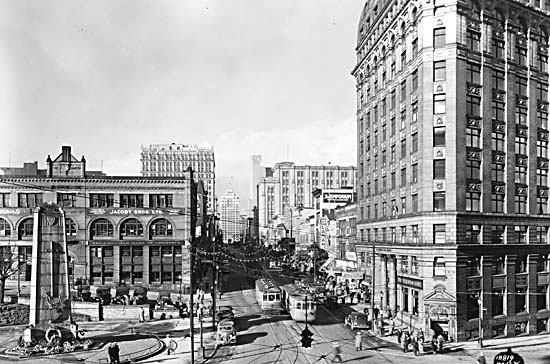
Alvo von Alvensleben:
The Dominion Building was financed by Alvo von Alvensleben, the flamboyant son of a German count. In the 10 years he lived here, he brought millions of dollars of German investment into Vancouver. He bought up large tracts of land and houses and he lived at what is now the Crofton Girl’s School. He turned the Wigwam Inn at Indian Arm into a luxury resort.
Before going fabulously broke in 1913, he’d amassed a personal fortune of $25 million. His business interests included mining, forestry and fishing. By the time the Dominion Trust collapsed in 1914, Alvo, reviled as a spy, had grabbed his Canadian born wife and children and fled to Seattle.
Dominion Building:
On October 12, 1914, William Arnold, the vice-president and general manager of the Dominion Trust, killed himself with a shotgun in his Shaughnessy Heights garage.
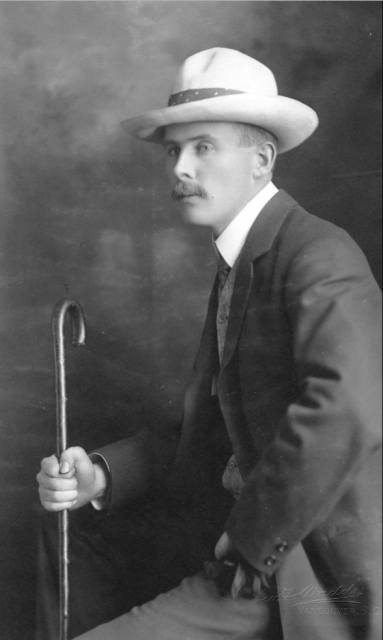
Prior to its completion, in June 1909 the Vancouver Daily Province reported on the terra cotta in buff and red from Leeds, the polished red granite columns from Aberdeen, a two-storey high main entrance fitted with bronze-plated metal and polished wood, and a 13th floor with a large hall, a dome ceiling, 14 marble toilets and a barber shop.
Jacqui Cohen, president of Army & Navy owns the building. She rents it to the same eclectic bunch that have always been attracted to its look and feel or perhaps drawn by its lower rents. Writers, barristers, accountants, artists, unionists and film directors rub shoulders in the elevators. One elevator has a collage of archival photos dating back to the building’s birth, and the other a Tiko Kerr rendition of a wobbly looking Dominion Building. It’s all quite unnerving after a couple of glasses of wine.
© All rights reserved. Unless otherwise indicated, all blog content copyright Eve Lazarus.


